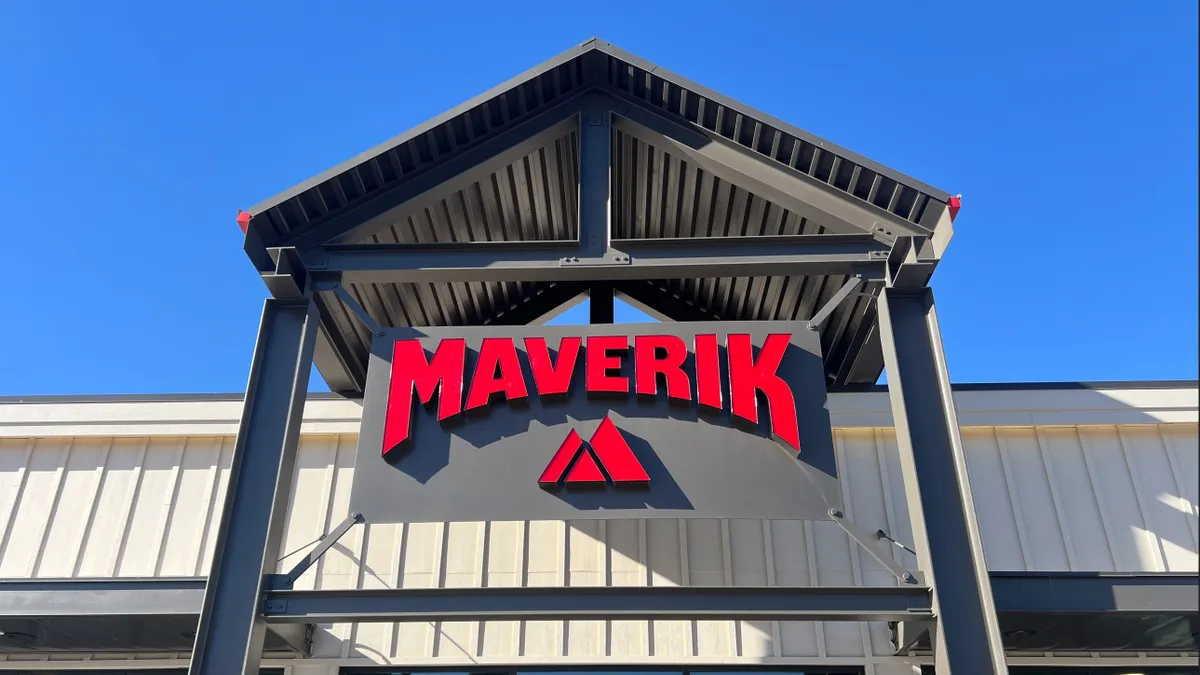Made-to-order foodservice is growing in the c-store industry, but retailers shouldn’t sleep on grab and go. Giving customers good food that they quickly grab with minimal wait time can be a vital piece of the merchandising puzzle.
From pre-made sandwiches to cut fruit to roller grill hot dogs and Tornados, c-store retailers have long made grab and go a big part of the offering. The basics of a functioning program are pretty easy — get the appropriate hot or cold displays in the store, make sure the selection meets the desires of local customers and, perhaps most importantly, ensure all cleanliness and safety guidelines are constantly followed.
“That is a piece that I think would be the automatic trust or the automatic turn-off,” said Farley Kaiser, director of culinary innovation for McLane Fresh. “So I think that's something that should definitely be focused on.”
But how can c-stores make sure their grab-and-go program stands above the competition? Experts shared some tips on how to refine the category into a high-quality, memorable experience for shoppers.
Elevate quality and flavors
While the quality of the food needs to be high for any grab-and-go program to be successful, communicating that freshness to the consumer can boost the perception of that program. For instance, TXB highlights on its LinkedIn that its chicken tenders are never frozen.
“From a trust standpoint, if you know that [food is] fresh, never frozen, it really does speak to a higher-quality experience,” said Kaiser.
The latest flavor trends can also help inform both regular offerings and LTOs to keep menus exciting and give customers a sense of discovery.
“C-store patrons say they are most motivated by unique and innovative food and beverage offerings,” said Ann Golladay, senior director at Datassential. She added that 22% of consumers surveyed by Datassential said they’d pay more for unique items, while 40% said they were more likely to visit a c-store with unusual offerings.
LTOs allow retailers to offer novelty without having to spend more on premium items.

“Sweet flavors trending at top QSRs could inspire items at c-stores and include retro seasonal strawberry cheesecake and textural additions like crumb and loaded toppings,” she said. “Indulgent cookies and cream and nostalgic blue raspberry could inspire beverage offerings.”
C-stores could also make simple additions to elevate common grab-and-go items.
“Even like cut watermelon that has a little packet of Tajin seasoning in it to really just give it that chili lime punch of flavor,” noted Kaiser.
Packaging and marketing are key
The name itself tells you what makes grab and go such an attractive subset of c-store foodservice.
“C-stores are a go-to for off-premise consumption — 71% of items are purchased for consumption off-premise — and so making items that are easy to take on the go and also that are easy to eat and consume on the go are key,” said Golladayl.
To that end, it’s important for c-stores to not just make sure they’re selling quality food, but also that the packaging makes it look good and easy to eat.
“How easy is it to open?” asked Kaiser.
C-stores also have a unique opportunity to use co-branding or bundle grab-and-go items with national-brand promotions, which can benefit both the retailer and consumer.
“We're in this really fun place in time where innovation is exciting and new and very interesting for c-stores,” said Kaiser. “Manufacturers and brands have really noticed that and taken a hold of that, and they're building teams around better understanding that.”
Don’t get shackled to dayparts
Customers visit convenience stores for a variety of reasons, and their tastes can be more eclectic than at restaurants. A well prepared c-store can capitalize on this blurring of the lines.
“The dayparts have been so fluid since the pandemic,” said Kaiser. “We were finding that a singular transaction can house both a daypart in the morning as well as a lunch item.”
She noted that coffee, a popular draw for convenience stores, can appeal to different needs at different times of day — hot in the morning as part of a breakfast, but then cold in the afternoon paired with a good selection of indulgent treats.

She added that convenience retailers should innovate across all dayparts with their offer, since people might be looking for any type of food at any time.
“I think that there's a fantastic opportunity for breakfast in grab and go,” said Kaiser, adding that “snacking, desserts and things like that definitely shouldn't be taken for granted.”
Prioritize roller grills
Roller grills have become the punchline to jokes about c-store foodservice over the years, alluding to ancient hot dogs forever turning under the heat lamps. But far from an outdated relic, roller grills remain integral to grab and go.
“Those roller grills have become inherently just such a staple to a convenience store,” said Kaiser.
One easy way to improve public perception of roller grills is making sure the items aren’t too old by regularly refreshing the stations and telling customers when items were put into the grill.
While health-forward factors don’t matter so much for this segment, high-quality ingredients were the top motivation for customers buying from a roller grill, according to Datassential data Golladay shared.
Instead of just listing ingredients, Kaiser recommended partnering with well-known brands. Companies like RaceTrac or GPM Investments specify that they use Nathan’s hot dogs on their roller grills. The store can then focus more on quality buns alongside fresh, well-presented and possibly unique condiments.
LTOs can also play a part. Kaiser shared a hypothetical promotion where an Oktoberfest special could include pretzel buns, beer cheese and sauerkraut to get customers in the seasonal spirit.
“That to me, [sounds] very high quality for a roller grill menu offer,” Kaiser added





















